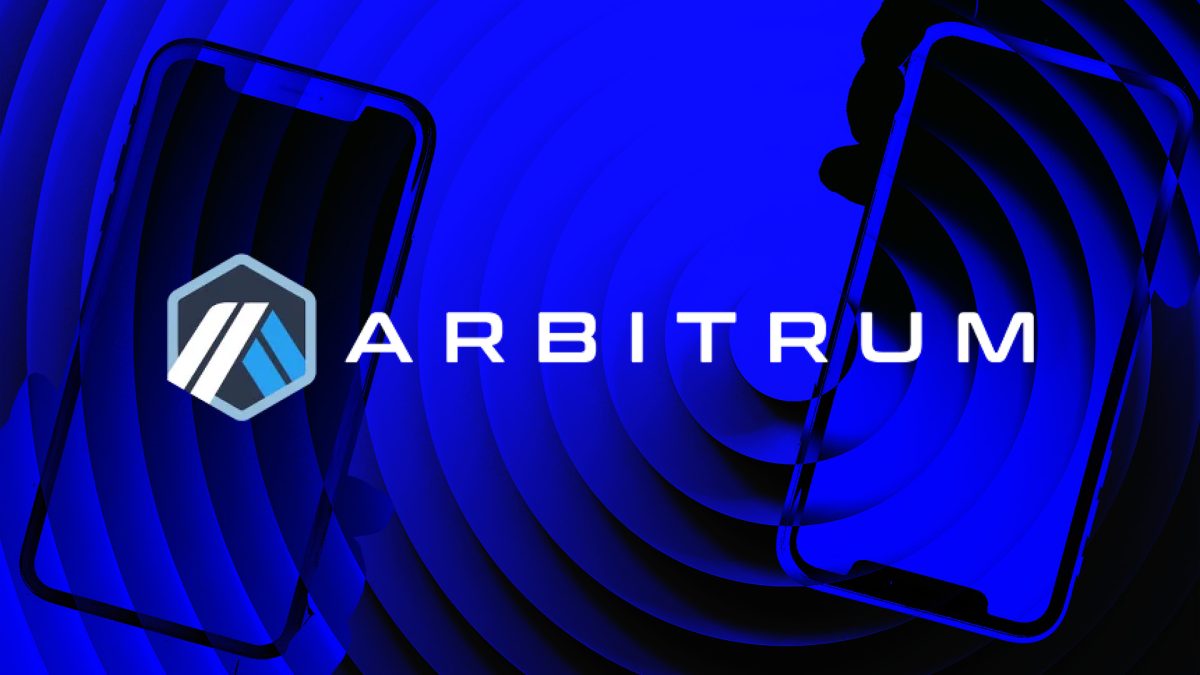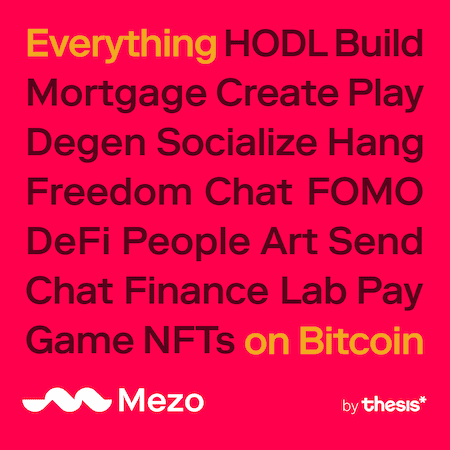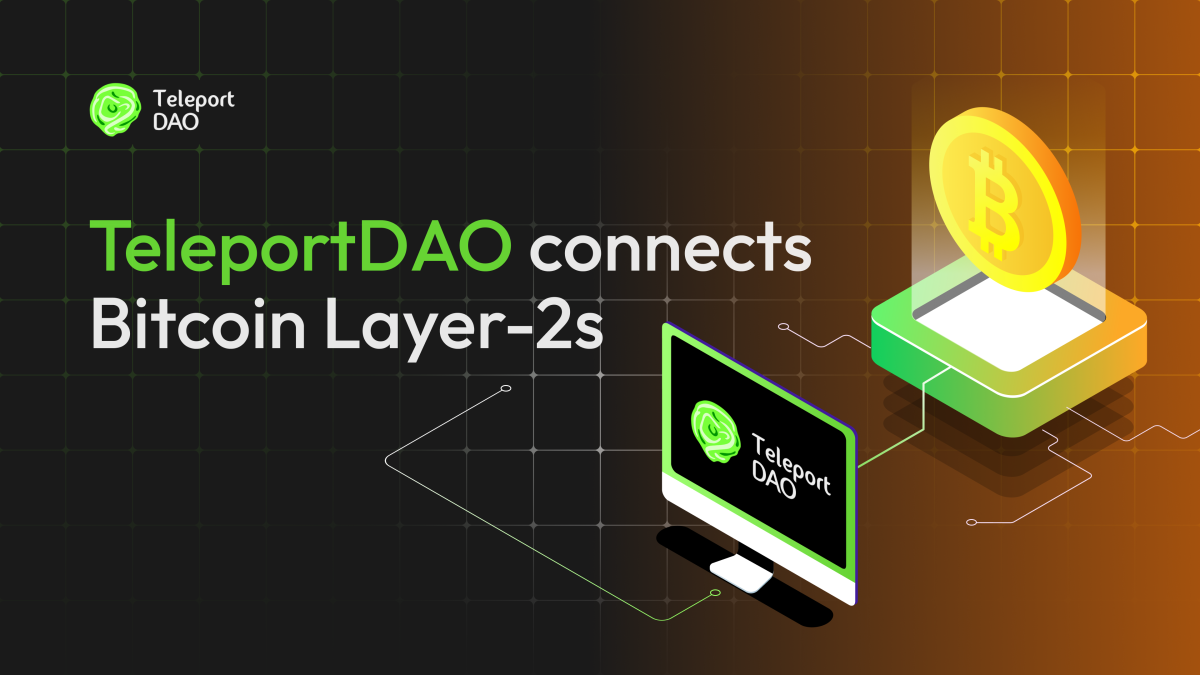Arbitrum’s long-awaited airdrop to go live next week, with self-executing DAO

Quick Take
- Arbitrum’s airdrop will take place in a week’s time and will hand 12.75% of its governance token’s supply to its community.
- The network will be supported by a self-executing DAO, where proposals will be able to directly change the network’s code.
- Offchain Labs added further support for Layer 3 networks built on Arbitrum.

Layer 2 project Arbitrum will airdrop a governance token with the ticker ARB to its community members on March 23. This brings Arbitrum one step closer to being fully decentralized.
The token will control the governance of the Arbitrum One and Nova networks through a DAO, which will be supported by a security council, according to governance documents and a newly written constitution. The airdrop will represent 12.75% of the token’s total supply, and tokens will be handed to those who have used the network over the last year. The token won’t be used for paying transaction fees on the network.
“The goal of the airdrop and the goal of the token is really to give governance power over to the community members and try to identify the real community members that are active in the chain, are participating and will participate,” said Steven Goldfeder, CEO of Offchain Labs, the maker of Arbitrum, in an interview.
What’s most unique about the transition is that Arbitrum’s form of governance will be a self-executing DAO. This means that governance members will be able to pass protocol upgrades that will automatically be applied on-chain. In doing so, Offchain Labs has gone for a more radical form of decentralization; one that Goldfeder reckons is absolutely necessary.
“I think that it’s really the only way to decentralize,” said Goldfeder. “If it's not self-executing, what it means is the DAO is just a signal and there are some people with the keys to actually do it, and they could or could not break from the DAO, and it's just that piece of trust. What we want is a decentralized system that doesn't rely on trust in critical places.”
Offchain Labs also released Arbitrum Orbit, a way for developers to build Layer 3 networks on top of Arbitrum. The newly formed governance system will be able to approve licenses for other Layer 2 networks that settle on Ethereum using Arbitrum’s technology.
Key details of the Arbitrum airdrop
The governance token will be native to the Arbitrum One network, but will also be used to govern the Arbitrum Nova network and any other Layer 2 networks that the DAO officially endorses.
Offchain Labs worked with crypto data provider Nansen to design the criteria behind who should receive the airdrop, with a focus on rewarding genuine users instead of those who tried to farm the system. It's a points system and it focuses on those who bridged to the network and made regular transactions. The snapshot was taken on February 6 and there will be no changes to the allocations, even if the community finds further addresses that tried to game the system.
The airdrop will hand out 11.6% of the total supply to Arbitrum users, with an additional 1.1% to DAOs in the Arbitrum ecosystem and Protocol Guild, a DAO made up of Ethereum developers. A large portion of the supply — some 42.8% — will go to the Arbitrum Foundation, which will be under the control of the newly formed Arbitrum DAO.
Criteria for the airdrop to DAOs include the total value locked in the protocol and how long they’ve been on Arbitrum. Goldfeder expects that DAOs will find a way to distribute these tokens to users in some way.
Offchain Labs and advisors will receive 27% of the token's supply, while Offchain Labs investors will get 17.5% of the supply. The total supply of tokens is 10 billion.
Airdrop recipients will be able to check their balances from today and will be able to claim the tokens in a week’s time. The reason for the week is that it gives time for people to nominate themselves as delegates, and for airdrop recipients to delegate their tokens to such delegates. The Arbitrum Foundation will approve delegates during this time.
Offchain Labs hasn’t communicated with any centralized exchanges to list the Arbitrum token, according to Goldfeder.
A self-executing DAO
In the pursuit of wider decentralization, Offchain Labs elected to go with a self-executing DAO to take ownership of the Arbitrum One and Nova networks. It will also have a Security Council that will be able to exert control in certain circumstances.
Typically, most DAOs let governance token holders vote through proposals, and then the core team of the project carries out the result by making changes to the network’s code. What’s different with a self-executing DAO is that the codebase is automatically changed following the end result. This means the DAO has direct control over the network.
Goldfeder said that, instead of votes signaling a separate team to change the code, actually having a direct impact on the code is critical to being truly decentralized — and not just “decentralized theater.”
Still, being a self-executing DAO has some risks. If a malicious actor is able to get a code change through the voting process, then it will get automatically applied to the code. This happened with a project called Beanstalk, where a bad actor used a flash loan to get enough tokens to pass a vote that approved the movement of $182 million of funds into their own wallet. (Not to mention what happened with The DAO.)
Goldfeder pointed out that the governance system will work fairly slowly, allowing more time for proposals to be reviewed. Major changes that affect the network will take around 34 days to pass, while minor changes will take around 21 days.
“If you want a decentralized system, you can't have a centralized system masquerading as a decentralized system,” said Goldfeder. “And that's why, you know, I'm very excited here and I'm not too concerned about the risks — and know we do have the Security Council, all highly reputable community members that will be taking an important role in making sure that the chain is secure over time.”
The Security Council is a group of 12 members that have a combined control over the Arbitrum codebase, equivalent to the Arbitrum DAO’s control. These members are able to intervene with immediate action in the case of emergencies — as long as at least nine members are coordinating — and can speed up the governance process for non-emergency situations.
Members of the initial council, which will change every six to 12 months, include Celer Network co-founder Mo Dong, LayerZero Labs CEO Bryan Pellegrino, Ethereum researcher Justin Drake and three members of the Offchain Labs team.
While the self-executing DAO will move Arbitrum toward full decentralization, it will not be completely there. It currently has a permissioned set of more than 10 parties operating as validators on the network and checking for fraud. Plus, the sequencer, which orders transactions, is not yet decentralized. That said, the sequencer is otherwise untrusted, Goldfeder said, as it can’t force a bad transaction or steal funds.
Supporting Layer 3 networks on Arbitrum
At the same time, Offchain Labs released Arbitrum Orbit, a way for developers to build Layer 3 networks on top of either Arbitrum One or Nova.
Arbitrum is a Layer 2 network that uses optimistic rollups to batch transactions onto the Layer 1 Ethereum blockchain. A Layer 3 network built on Arbitrum would use similar rollups to batch transactions to Arbitrum, which would then get rolled down into Ethereum. It would allow for increased throughput at a relatively low cost.
“In the case of Orbit, you will be able to use either of Arbitrum's core technologies — its Arbitrum rollup technology or the Arbitrum AnyTrust technology — and you'll be able to launch Layer 3 chains on top of Arbitrum One or Arbitrum Nova permissionlessly,” said Goldfeder.
Developers building such Layer 3 networks are granted a perpetual license to use and change the Arbitrum source code as they like. This will allow for the creation of application-specific chains or general chains on top of Arbitrum.
This is a bit different from rival Layer 2 Optimism’s approach. Instead of focusing on Layer 3 networks, Optimism is trying to encourage the creation of many Layer 2 networks based on its code stack that can all link up with each other. It has claimed Coinbase as one of its first pioneers.
That said, Arbitrum is open to supporting Layer 2 networks using its code. The Arbitrum DAO will be able to vote on whether it will endorse additional Layer 2 chains that settle to Ethereum using Arbitrum. If these chains choose to accept Arbitrum’s Constitution, they will be known as “governed” chains.
In these situations, Goldfeder suggested the Arbitrum governance might consider factors such as whether there would be any upside to doing so, as well as whether the project would be competitive. But, ultimately, such decisions are now in the hands of the community; Arbitrum has flown the nest.
Update: Added further details.
© 2023 The Block. All Rights Reserved. This article is provided for informational purposes only. It is not offered or intended to be used as legal, tax, investment, financial, or other advice.

